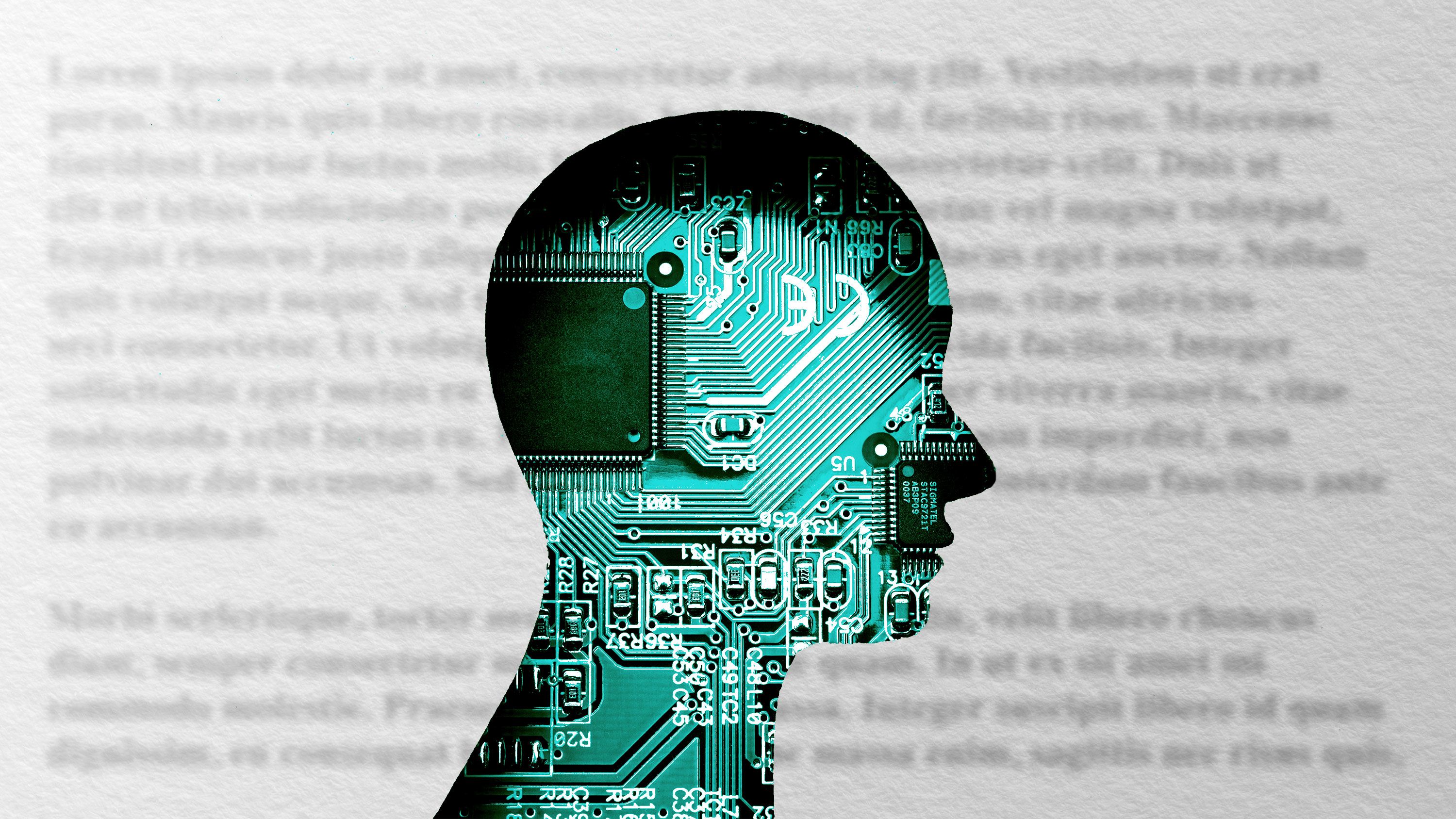Test AI on YOUR Website in 60 Seconds
See how our AI instantly analyzes your website and creates a personalized chatbot - without registration. Just enter your URL and watch it work!
Justice Through Court Modernization
In this blog, we’ll explore three key ways that court modernization can improve access to justice for all individuals, regardless of their background, location, or socioeconomic status.
1. Embracing Digital Transformation for Remote Access
How Digital Transformation Improves Access:
Virtual Hearings: Video conferencing tools have enabled virtual hearings, allowing people to attend court sessions without the need to travel long distances. This is especially beneficial for individuals in rural areas or those with limited mobility. Virtual hearings can also accommodate international cases or individuals who may be unable to attend in person due to time zone differences or logistical constraints.
Online Case Management: Many courts are adopting online platforms where individuals can file documents, track case progress, and receive updates on their cases. These platforms provide convenience and transparency, reducing the time spent in long queues or waiting for paper notifications.
E-Filing and Document Submission: Electronic filing and document submission make it easier for individuals to access the courts without physically being present. This streamlined process eliminates many of the traditional barriers, such as paper filing and manual document processing, which can be time-consuming and prone to errors.
Impact:
By offering digital access to court services, individuals can engage with the judicial system more easily, reducing delays and increasing convenience for people with busy schedules or limited access to transportation.
2. Implementing AI and Automation to Streamline Court Processes
How AI and Automation Improve Access:
Case Sorting and Prioritization: AI-powered systems can help manage the volume of incoming cases by automatically sorting and prioritizing them based on urgency or complexity. For example, courts can use AI to distinguish between routine cases, such as traffic violations, and more complex cases that require in-depth legal analysis. This ensures that resources are allocated appropriately, and more urgent cases are handled promptly.
Automated Document Review: AI can assist in reviewing legal documents to identify relevant information, flagging potential issues, and even suggesting legal precedents that may apply to the case. This saves judges and attorneys valuable time and improves the efficiency of the court process.
Chatbots for Legal Assistance: Chatbots and virtual assistants can provide basic legal advice or direct individuals to the appropriate resources or forms. This is particularly useful for people who cannot afford legal representation or are navigating the system without a lawyer.
Impact:
AI and automation can help eliminate administrative bottlenecks, speeding up case resolution and ensuring that individuals receive faster access to justice. By automating routine tasks, court personnel can focus on more complex matters, making the system more efficient and equitable.
3. Enhancing Transparency and Public Engagement Through Open Data
How Transparency and Open Data Improve Access:
Public Access to Court Records: Providing the public with access to non-sensitive court records online ensures that individuals can track the progress of their cases and access judgments, rulings, and other important documents. This transparency encourages accountability within the judiciary and fosters trust in the legal system.
Clear Legal Information and Resources: Modernized courts can provide accessible online legal resources, including guides, instructions, and frequently asked questions (FAQs). These resources are essential for individuals who might not have the resources to hire an attorney and need guidance on how to proceed with their cases.
Court Performance Metrics: Open data can also be used to track and report on court performance metrics, such as case backlog, average case processing time, and resolution rates. By making this data publicly available, courts can identify areas for improvement and ensure that cases are handled efficiently.
Impact:
By improving transparency and enabling public engagement, modernized courts can empower individuals with the knowledge and resources they need to navigate the legal system. Open access to court data also strengthens public trust in the judicial process and helps ensure that courts are held accountable for their performance.
Conclusion: A More Accessible Future for Justice
As technology continues to evolve, courts will be able to offer even more streamlined services, provide broader access to underrepresented communities, and ensure that justice is delivered in a timely and equitable manner. By embracing these advancements, we can create a legal system that better serves the needs of everyone, ensuring that justice is not just a privilege for a few, but a right for all.






